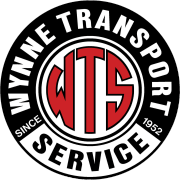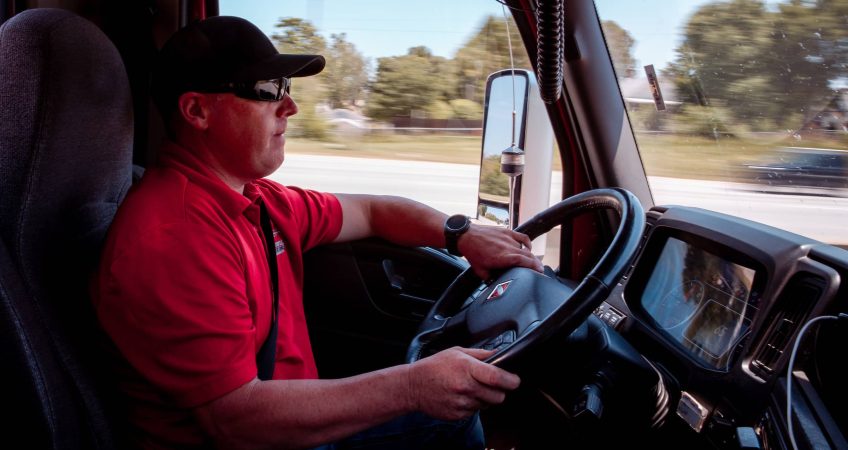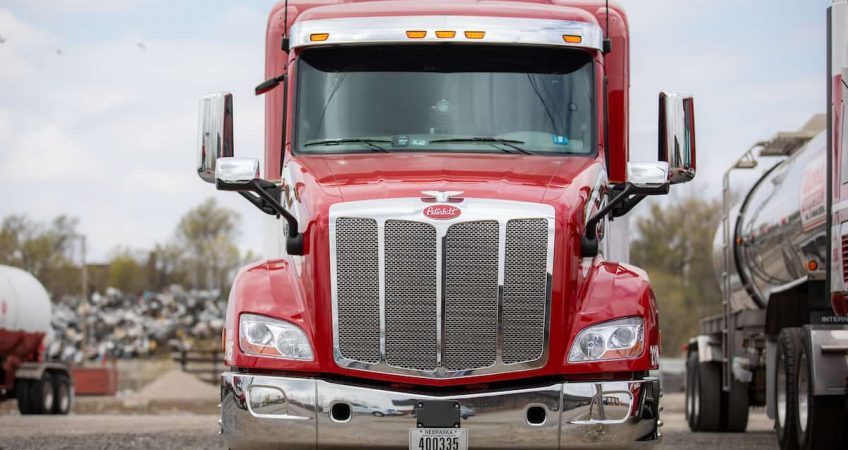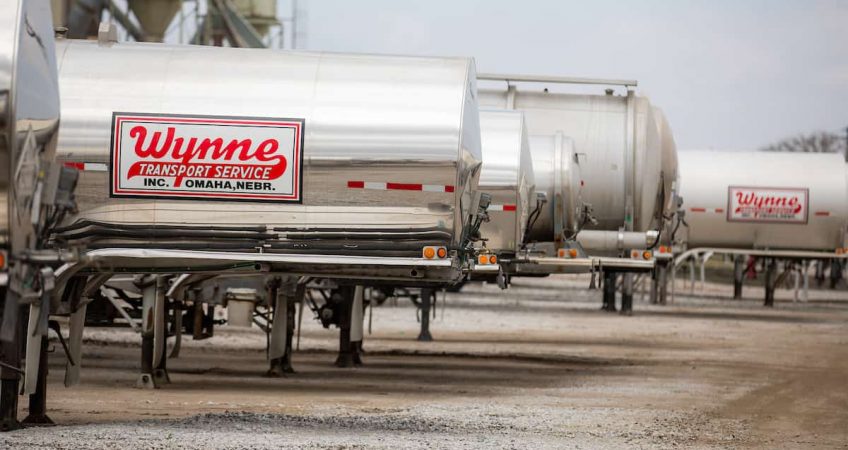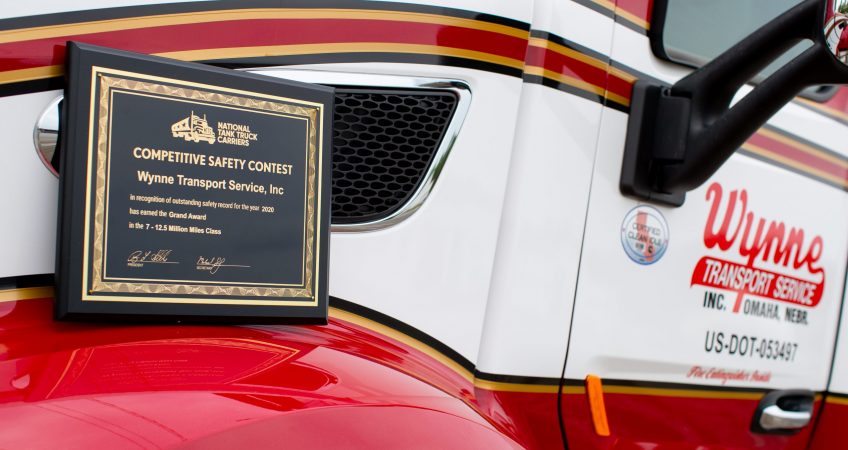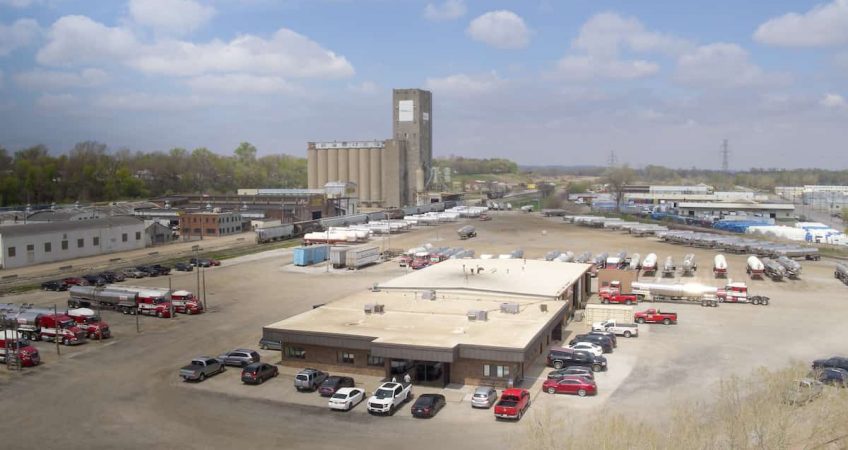Becoming a truck driver requires you to undergo specialized training and meet some requirements. If you have been eyeing a couple of cdl truck driving jobs, you need a Commercial Driver’s License to apply. This article takes you through everything you need to know about CDL Training and answers some of the common questions asked by people wishing to become truck drivers.
What Is A CDL?
A CDL or Commercial Driver’s License is one of the special requirements to become a truck driver or operate large or heavy vehicles. Persons who possess this type of license are cleared to drive commercial passenger buses, tractor-trailer trucks, dump trucks, concrete mixers, and other heavy-duty vehicles.
There are three different classes of CDL: Class A, B, and C. Drivers who have a CDL are also required to take additional training and endorsements that allow them to drive certain heavy vehicles or haul certain materials. For example, a truck driver with an endorsement H is cleared to transport hazardous materials (HAZMAT).
What Does Each CDL Class Mean?
CDL Class A: This allows the license holder to operate a combination of vehicles whose Gross Vehicle Weight Rating (GVWR) is 26,001 lbs or more. License holders can operate a vehicle or towed vehicles with more than 10,000 lbs GVWR. Drivers with Class A CDL can operate Class B and C vehicles.
CDL Class B: This allows license holders to operate vehicles with a GVWR of 26,001 lbs or more. License holders can operate a single vehicle of 26,001 lbs or more. They can also operate towing vehicles with a GVWR of up to 10,000 lbs. Drivers with CDL Class B licenses can operate Class C vehicles.
CDL Class C: Allows license holders to operate a single 16 or more passenger-carrying vehicle provided the GVWR is less than 26,001 lbs. Drivers can also transport hazardous materials no more than 26,001 lbs and cannot operate vehicles that fall into Class A and B Categories.
Truck drivers are essentially required to undergo the proper training to obtain a CDL. Drivers are also required to undergo proper licensing to work in the field. All of these strict requirements are due to the nature of heavy vehicles. Trucks and other heavy vehicles take a toll on drivers and often lead to devastating accidents. This is more reason why there are strict regulations, including the number of hours a truck driver can operate for at a stretch.
What Is CDL Training?
This is specialized training that is available to people who wish to become commercial truck drivers. The instructional program aims to help students understand the dangers associated with commercial truck driving. It also takes students through the federal and state regulations while preparing them for their Commercial Driver’s License. The training, at the earliest stages, will be focused on classroom teachings.
Here, students will learn more about the rules and regulations guiding the trade. Later on, students will be tested to obtain permits. The permits allow each successful student to train with large trucks on their way to becoming a licensed truck driver. A CDL is issued only after the student has demonstrably shown mastery of driving heavy vehicles.
What Are The Types Of CDL Training Courses?
There are many types of CDL training courses that prospective truck drivers can enroll in. Some of them include:
Licensed Schools: These institutions are licensed to teach interested persons the minimum state requirements for a CDL. Students will go through the standard curriculum. These schools would have obtained a license to operate, having demonstrated that they meet the requirements like facilities, instructors, training, and curriculum.
Certified Schools: These institutions have been fully inspected and reviewed by a third-party authority to meet the standards required to offer DDL training. Students at these institutions pass when they have met all the United States Department of Transportation (US DOT) and the trucking industry requirements.
Accredited Schools: These schools undergo an accreditation process periodically to ensure that they meet the standards required to train students to obtain a CDL. The accreditation process is controlled by an agency that the United States Department of Education has sanctioned. The regulatory body will provide specific regulations and criteria to be met by these schools before accreditation is issued.
Students should note that the type of schools attended will play a major role in their future job placement. Trucking companies often use this as a criterion to determine whether the driver has met only the state or state and federal regulations. Drivers determined to have met state regulations alone will be issued intrastate routes, while those who have met the federal requirements will be issued interstate routes.
What To Expect from CDL Training?
Students who have undergone CDL training can expect to pick up some basic skills that will significantly impact their career as truck drivers. Some of the basic skills that students will pick up on include:
- Identification of road signs, what they mean, and road rules and regulations
- How to handle and maneuver larger capacity and weight load. This includes backing up, turning, and different other maneuvers.
- Proper road signals to ensure safety on the road
- Learning of the different truck signals
- How to read maps and plan long trips
- Logbook management for hours driven, miles covered, completed deliveries, hours per fleet, and more.
- Coupling and decoupling trailers.
Schools also teach other basics like merging lanes, shifting, road driving, proper inspections to carry out pre-and post-driving, and more. Accredited schools may also teach a wider curriculum depending on the terms of their accreditation.
Jobs That Require A CDL
It is important to note that not all truck driving jobs requires you to have a CDL. However, having one is a requirement for some specific jobs. With a CDL, you can take on jobs like:
Get started by browsing a wide range of available truck driving jobs and what they pay at https://www.wynnetr.com/careers/truck-driving-jobs/
Wynne Transport Service
2222 N 11th St
Omaha Nebraska 68110
(800) 383-9330
Social Accounts:
https://www.facebook.com/DriveWynne/
https://twitter.com/drivewynne
https://www.linkedin.com/company/wynne-transport-services
https://www.youtube.com/channel/UC_rCopM5roTmE_6fC_Q0KFg https://www.instagram.com/drivewynne/
